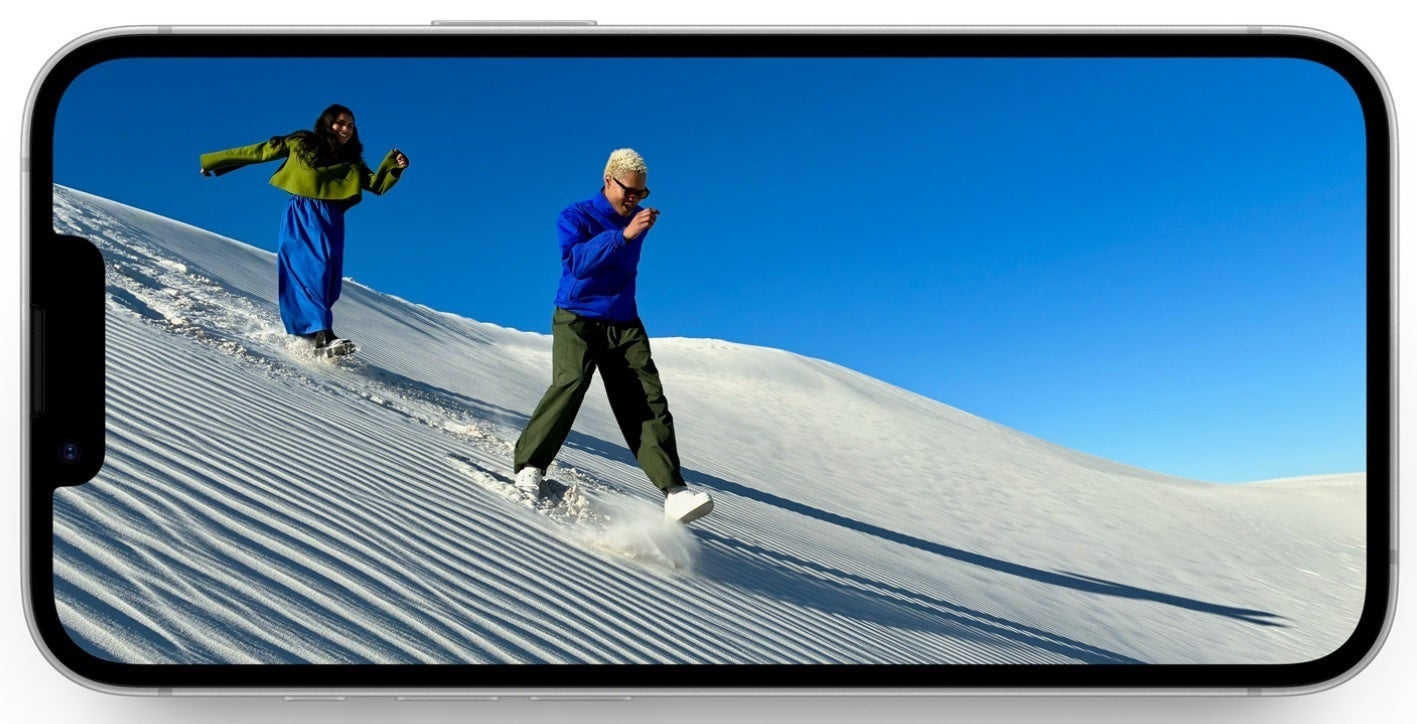To make things simple. AT&T is offering all existing and new customers on any unlimited plan the iPhone 16e for $5.99 per month with no trade-in required. This is about as simple a deal as you’re ever going to find. Now if you have your sight set on an iPhone 16 Pro, new and existing AT&T customers can score one on the carrier’s dime when you trade in an iPhone 13 Pro or later in any condition.
AT&T will start accepting pre-orders for the iPhone 16e on Friday, February 21st at the carrier’s website (att.com), the myAT&T app, and in-stores. The phone will be released starting the following Friday, February 28th. If you’re not sure about AT&T‘s service, you can try it for free for 30 days by tapping on this link. You’ll still keep your current plan, current phone, and current number. No credit card is required.

The iPhone 16e sports a 6.1-inch OLED display. | Image credit-AT&T
The iPhone 16e is equipped with a 6.1-inch OLED display with a resolution of 1170 x 2532. Under the hood is the 3nm A18 application processor with 8 GB RAM (enough to support Apple Intelligence) and 128 GB, 256 GB, and 512 GB of storage. On the back is a 48 MP 2-in-1-camera system that also supports a 12 MP Telephoto camera with 2x optical zoom and 10x digital zoom.
The iPhone 16e battery delivers the best battery life of any iPhone with a 6.1-inch display. It also is rated IP68 making it impervious to dust and can survive being submerged to a depth of 6 meters (19.7 feet) in clear water for as long as 30 minutes. The phone debuts Apple’s new in-house 5G modem chip replacing Qualcomm’s Snapdragon modem chip.
The iPhone 16e might be Apple’s latest budget iPhone model but it does support Apple Intelligence and runs the same SoC found under the hood of the iPhone 16 and iPhone 16 Plus. Apple makes up for its use of a single rear camera by using computational photography. This is the same solution Google used in the early days of the Pixel that allowed the device to get a reputation as a great camera phone even with only a single lens,

